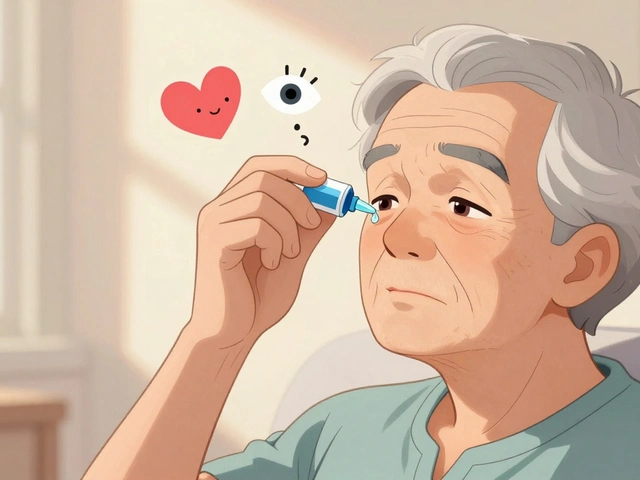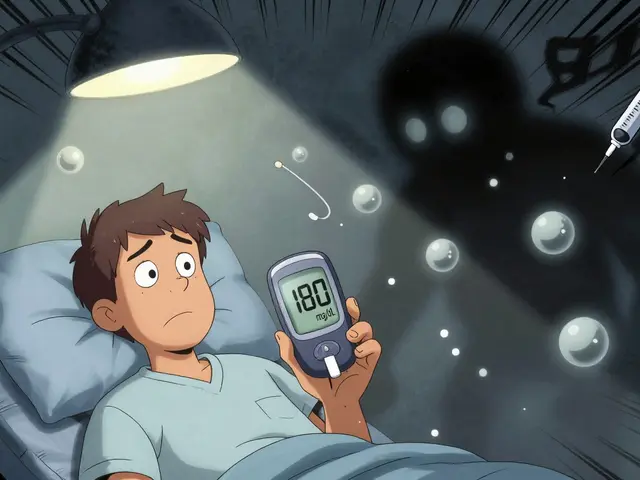Escitalopram: What It Is, How It Works, and What You Need to Know
When you hear Escitalopram, a selective serotonin reuptake inhibitor (SSRI) used to treat depression and generalized anxiety disorder. Also known as Lexapro, it’s one of the most prescribed antidepressants in the U.S. and Australia, not because it’s the strongest, but because it’s often the most tolerable. Unlike older antidepressants that hit multiple brain chemicals at once, Escitalopram is precise—it boosts serotonin, the mood-stabilizing neurotransmitter, without messing with dopamine or norepinephrine. That’s why many people report fewer side effects like jitteriness or sleep disruption compared to other meds.
It doesn’t work overnight. Most people start noticing small changes in mood or energy after two to four weeks. Full benefits often take six to eight weeks. That’s why doctors don’t rush to switch you off it after a couple of weeks—you need to give it time. And if you stop suddenly? You might get brain zaps, dizziness, or nausea. Tapering down slowly under medical supervision is key. Escitalopram isn’t addictive in the traditional sense, but your brain adapts to it. Walking away too fast feels like pulling the plug on a system that’s learned to rely on it.
It’s often paired with therapy, not because the drug isn’t effective, but because therapy builds skills that last after the pill is gone. For people with anxiety, Escitalopram can calm the noise enough to make CBT work. For those with depression, it can lift the fog so they can get out of bed, call a friend, or start moving again. And while it’s not a magic fix, it’s one of the few medications that actually helps people reconnect with their lives.
Related to Escitalopram are other SSRIs like sertraline and fluoxetine, but studies show Escitalopram often has a slight edge in effectiveness and fewer dropouts due to side effects. It’s also used off-label for OCD, panic disorder, and even some forms of chronic pain. But it’s not for everyone. If you’ve had bad reactions to other SSRIs, or if you’re on medications that interact with serotonin (like certain migraine drugs or St. John’s Wort), your doctor needs to know. Liver problems? Dose adjustments may be needed. Elderly patients? Lower starting doses are common.
What you’ll find in the posts below aren’t just generic drug facts—they’re real, practical breakdowns of how medications like Escitalopram fit into daily life. You’ll see comparisons with other antidepressants, stories about managing side effects, and even how some people use it alongside lifestyle changes. There’s no fluff here—just what works, what doesn’t, and what to watch out for. Whether you’re just starting out or have been on it for years, these posts give you the kind of info you won’t get from a pharmacy leaflet.






